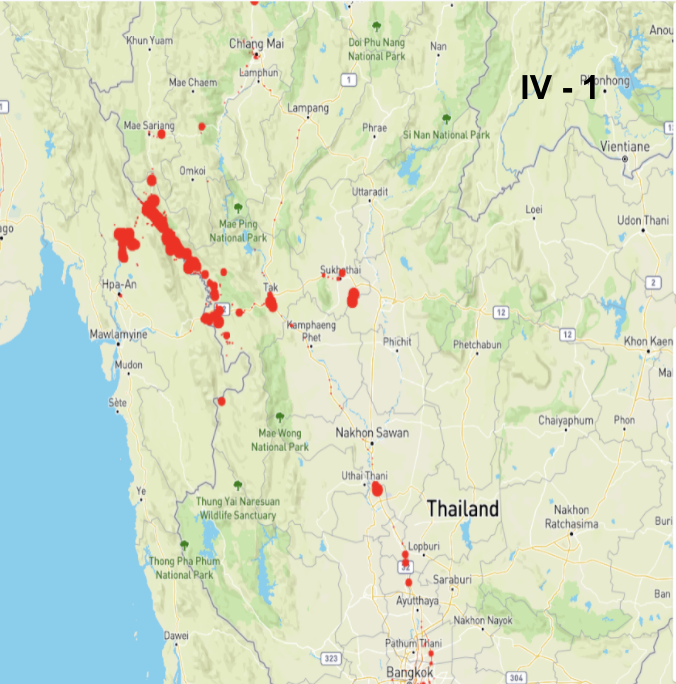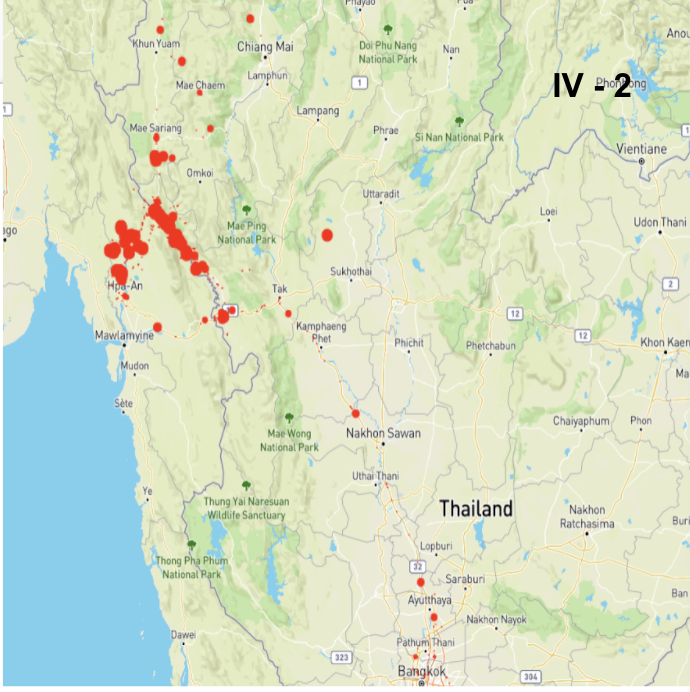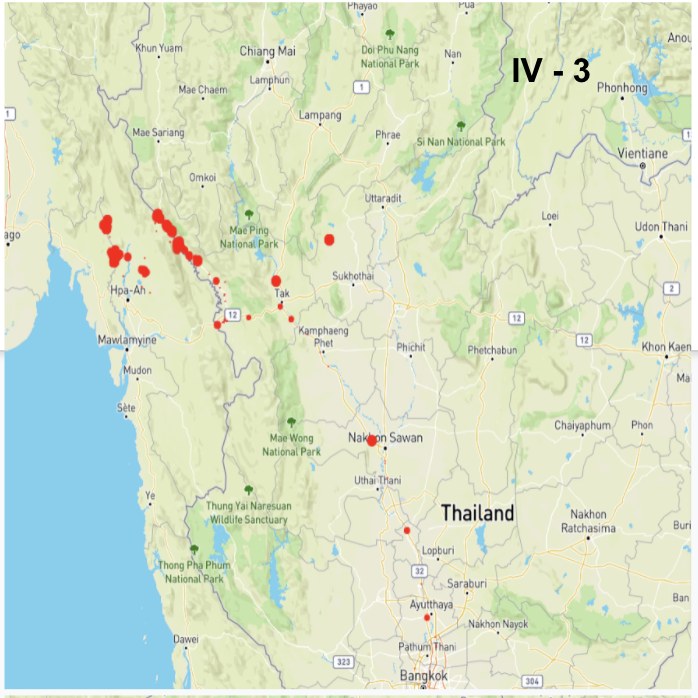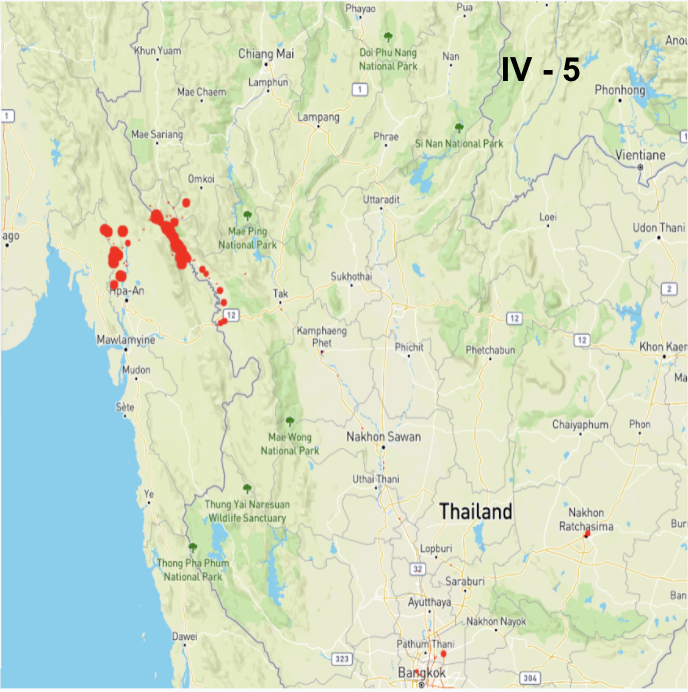Effects of COVID-19 Government Travel Restrictions on Mobility in a Rural Border Area of Northern Thailand: A Mobile Phone Tracking Study
Project Members
- Prof. Dr. Peter Haddawy, Faculty of ICT, Mahidol University
- Dr. Thomas Barkowsky, Bremen Spatial Cognition Center (BSCC), Univ of Bremen
- Asst. Prof. Dr. Saranath Lawpoolsri, Faculty of Tropical Medicine, Mahidol University
- Asst. Prof. Dr. Anuwat Wiratsudakul, Faculty of Veterinary Science, Mahidol University
- Dr. Myat Su Yin, Faculty of ICT, Mahidol University
- Chaitawat Sa-Ngamuang, Faculty of ICT, Mahidol University
- Patiwat Sa-angchai, Faculty of Tropical Medicine, Mahidol University
- Amnat Khamsiriwatchara, Center of Excellence for Biomedical and Public Health Informatics (BIOPHICS), Faculty of Tropical Medicine, Mahidol University
- Prof. Dr. Jaranit Kaewkungwal, Center of Excellence for Biomedical and Public Health Informatics (BIOPHICS), Faculty of Tropical Medicine, Mahidol University
 |
 |
 |
 |
 |
Background
Thailand is among the top five countries with effective COVID-19 transmission control. This study examines how news of presence of COVID-19 in Thailand, as well as varying levels of government restriction on movement, affected human mobility in a rural Thai population along the border with Myanmar.
Methods
This study makes use of mobility data collected using a smartphone app. Between November 2019 and June 2020, four major events concerning information dissemination or government intervention give rise to five time intervals of analysis. Radius of gyration is used to analyze movement in each interval, and movement during government-imposed curfew. Human mobility network visualization is used to identify changes in travel patterns between main geographic locations of activity. Cross-border mobility analysis highlights potential for intervillage and intercountry disease transmission.
